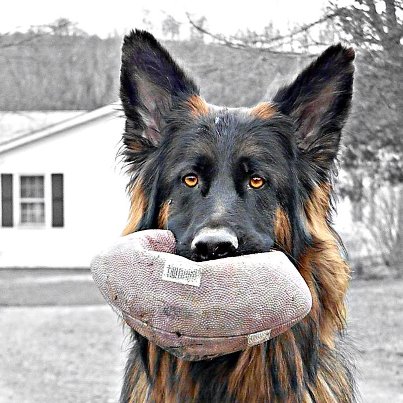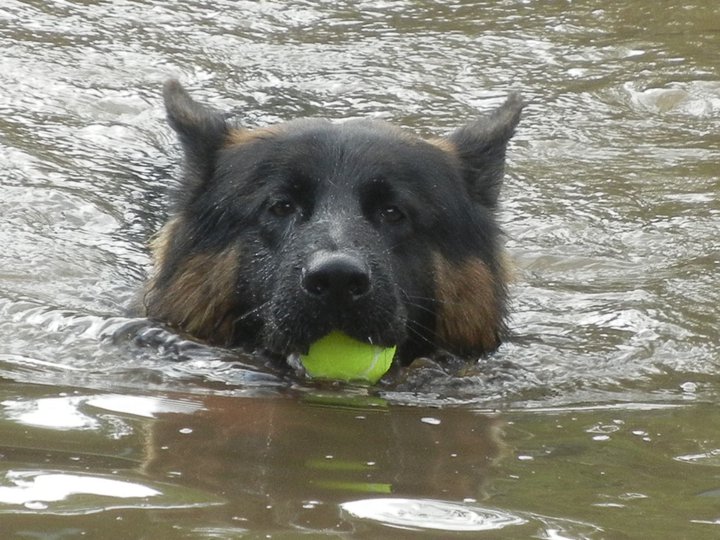Removing a Tick from Your German Shepherd’s Skin the Right Way
Dogs, especially larger, active dogs like German Shepherd puppies, love to get out and exercise and in reality doing so is essential for their overall health and wellbeing. The summer is an exceptionally good time for dogs and their owners as the walks that can be such a chore in the colder months become far more pleasant when the sun is shining and in many areas there is plenty of lush green summer foliage to explore and enjoy.
Something else that enjoys all of this warm weather though is the tick. And as many treatments, powders and flea collars you might have taken the precaution of providing your GSD with the odd tick may very well still latch on to your pet in an attempt to score itself a nice nourishing meal. Once there they are notoriously hard to remove, but doing so as quickly as possible is a must. There is a right and wrong way to go about removing a tick though, both for your dog’s safety and your own. Here are a few tips:
Glove Up
Before you attempt to remove the tick you need to think of your own safety as well. Don a pair of rubber gloves before you begin the ‘operation’, as the infective agents ticks carry can easily enter your own bloodstream through small nicks, cuts or grazes or through the mucous membranes (eyes, nose or mouth if you happen to inadvertently touch them.)
Enlist a Helping Hand
As previously mentioned, removing a tick is not easy and it is very likely that your pup will object to all of the poking and prodding and try to squirm away. If at all possible enlist a second pair of hands to calm and distract them while you work so that the ordeal can be over as quickly as possible.
The Actual Removal
Before beginning you should gather a few supplies; rubbing alcohol, tweezers and some kind of lidded receptacle, preferably a jar, to put the tick into once it is removed. Once you have located the tick using your tweezers grab the pesky tick as close to your dog’s skin as possible and pull upwards in one swift, decisive movement, immediately placing the critter in the jar.
Never twist or jerk the tick as, besides causing extra discomfort for your pet you run the risk of leaving behind the tick’s ‘mouth parts’ in the skin or of having it regurgitate those infectious fluids.
Once the tick is removed cleanse the bitten area with rubbing alcohol. Keep an eye on the bite for the next several days and if it becomes red and inflamed or you notice any change in your black and red German Shepherd’s health or behavior the best course of action is to take them to the vet for a check up. It may also be a good idea to hang on to that jarred tick as should your dog become ill having the creature available for testing will help in your pet’s treatment a great deal.


